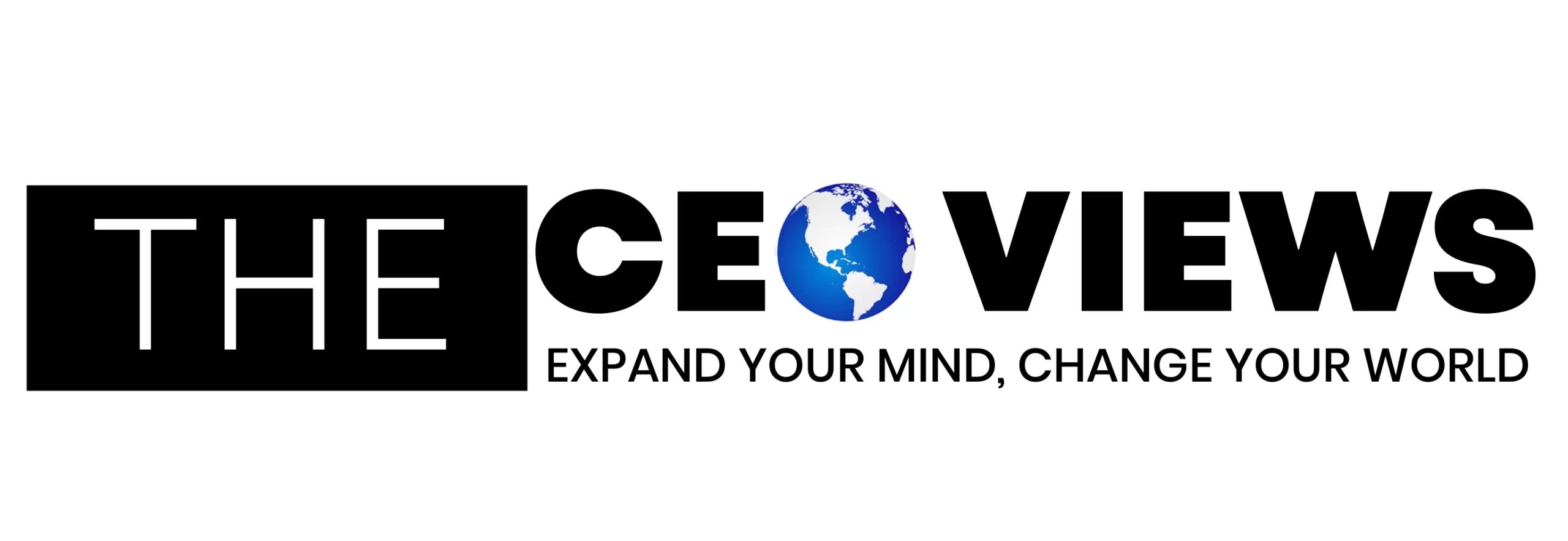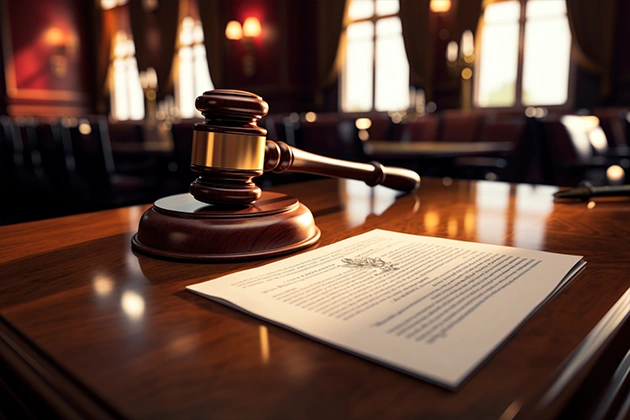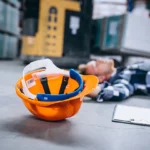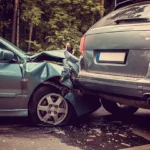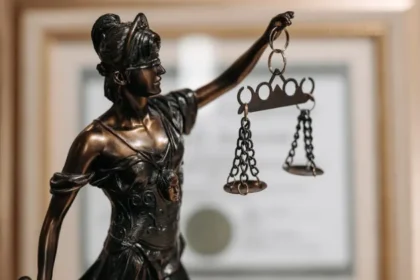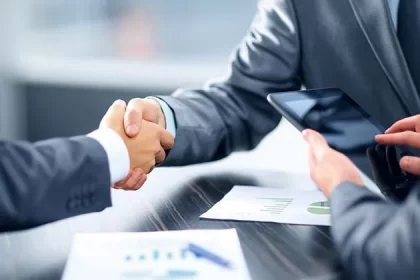For corporate leaders, risk management extends far beyond financial strategy and market positioning. Workplace safety and liability issues are integral to sustaining operations, protecting employees, and safeguarding a company’s reputation. One of the most common, and costly, liability risks for businesses is a slip and fall lawsuit.
While these incidents may sound routine, slip and fall claims can result in significant legal exposure, insurance implications, and reputational damage. For CEOs, understanding how these lawsuits arise, how to mitigate risk, and how to navigate litigation is essential for responsible corporate governance.
The Business Impact of Slip and Fall Lawsuits
Slip and fall accidents can occur in virtually any business environment—offices, warehouses, manufacturing plants, or retail spaces. While the immediate concern is the injured party’s well-being, the broader impact on the organization can be substantial.
Such lawsuits can involve substantial settlements or judgments, especially if negligence is proven. In addition to financial consequences, these cases can affect operational efficiency, employee morale, and brand image. For publicly traded companies, litigation can also influence investor confidence and market valuation.
As CEO, it’s important to recognize that slip and fall lawsuits are not just legal matters—they are business issues with wide-reaching implications.
Common Causes in the Workplace
Understanding the most frequent causes of slip and fall incidents can help leaders implement preventive measures. Common hazards include wet or uneven floors, poor lighting, loose carpeting, cluttered walkways, and weather-related conditions like ice or snow near entrances.
In some industries, these risks are heightened by the nature of the work. For example, in manufacturing or logistics, spills, debris, or unmarked changes in flooring can create dangerous conditions. In office settings, loose cords or improperly maintained flooring can lead to unexpected accidents.
By recognizing these potential hazards, executives can champion proactive safety initiatives to minimize exposure.
Legal Considerations for CEOs
Slip and fall claims generally fall under premises liability law, which holds property owners—or in some cases, tenants, responsible for maintaining safe conditions. The injured party must typically prove that the business knew, or should have known, about the dangerous condition and failed to address it in a reasonable timeframe.
This means that the company’s inspection routines, maintenance records, and employee training programs can all be scrutinized during litigation. As CEO, ensuring these systems are documented, consistent, and compliant with regulations is not just an operational best practice, it’s a defensive measure in potential lawsuits.
In many cases, a Slip and Fall Accident claim hinges on whether a business can prove it acted responsibly to prevent hazards. CEOs should ensure that safety policies are not only written but actively enforced, with proper logging of inspections, hazard reports, and corrective actions.
This documentation can be a powerful defense in court, showing that the company took reasonable steps to maintain safe premises. Without it, the legal burden becomes significantly harder to manage.
The Role of Negligence
Negligence is the cornerstone of most slip and fall cases. The plaintiff’s legal team will seek to demonstrate that the company’s negligence directly caused the injury. Even if a hazard is temporary, like a spill in a cafeteria, the time it remained unaddressed could be pivotal in establishing liability.
Companies can strengthen their defense by proving they had reasonable safety measures in place and that employees were trained to identify and resolve hazards promptly.
The CEO’s Role in Prevention
While safety managers and facilities teams are on the front lines of accident prevention, CEOs play a critical role in setting the tone for workplace safety culture. Prioritizing safety in corporate strategy sends a message throughout the organization that it is not just a compliance requirement but a core value.
This leadership can manifest in several ways: allocating sufficient budget for maintenance, investing in high-quality safety equipment, endorsing regular safety audits, and ensuring that hazard reporting systems are accessible and effective.
When senior leadership actively supports these initiatives, compliance improves, and the likelihood of preventable accidents decreases.
Responding to an Incident
Even the most rigorous safety programs cannot eliminate all risks. When a slip and fall occurs, the company’s immediate response can influence both the legal and reputational outcome.
First and foremost, ensure the injured party receives prompt medical attention. Document the scene thoroughly with photographs, witness statements, and incident reports. Preserve any surveillance footage if available, as it may be crucial in reconstructing the event.
Involving Compassionate Personal Injury Specialists early in the process can help manage the situation with sensitivity toward the injured party while protecting the company’s legal interests.
Navigating Litigation
If a slip and fall lawsuit is filed, CEOs must coordinate closely with their legal team to develop a comprehensive defense strategy. This may involve reviewing maintenance logs, safety protocols, and training records to demonstrate diligence in hazard prevention.
Litigation may also require engagement with expert witnesses who can attest to industry safety standards, the adequacy of company policies, or the plausibility of the plaintiff’s account. CEOs should ensure that the company’s narrative aligns with documented facts and that all internal communications about the incident are professional and consistent.
Settling vs. Defending
In some cases, settlement may be the most practical resolution, especially if the evidence heavily favors the plaintiff or if prolonged litigation could cause reputational harm. However, settling should be a strategic decision made in consultation with legal counsel, weighing financial implications against the precedent it might set for future claims.
When defending the case in court, demonstrating a proactive, documented commitment to safety can significantly strengthen the company’s position.
Insurance and Risk Management
Business liability insurance is a critical safeguard for handling slip and fall claims. CEOs should work with risk management teams to review coverage levels, exclusions, and claims procedures regularly. A well-structured insurance policy can offset the financial burden of legal defense and settlements.
Beyond insurance, a robust risk management plan should include regular facility inspections, employee training, and prompt remediation of hazards. Keeping comprehensive records of these efforts can serve as powerful evidence if litigation arises.
Building a Culture of Accountability
Preventing slip and fall incidents is not solely the responsibility of facilities teams—it requires active participation from all employees. CEOs can foster a culture of accountability by ensuring safety responsibilities are clearly defined at every level of the organization.
Encouraging employees to report hazards without fear of reprisal, recognizing teams for maintaining safe work environments, and integrating safety metrics into performance evaluations are effective ways to embed accountability into the company culture.
Monitoring and Continuous Improvement
Slip and fall prevention should be an ongoing process. Regular audits, post-incident reviews, and analysis of near-miss events can provide valuable insights into potential weaknesses in safety protocols.
For CEOs, committing to continuous improvement demonstrates not only compliance with legal obligations but also genuine care for employee welfare and operational integrity. Over time, these efforts can reduce incident rates, improve morale, and strengthen the company’s public image as a responsible employer.


